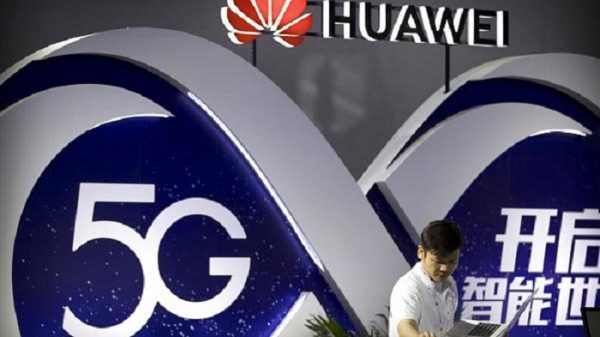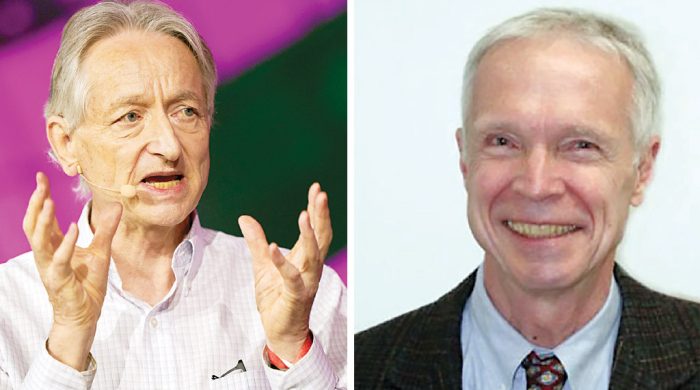Huawei projects 1.5m 5G base stations globally by 2020

- Update Time : Tuesday, July 28, 2020
- 187 Time View

More than 1.5 million 5G base stations to be deployed by the end of this year where 81 telecom carriers have rolled out commercial 5G network by now covering 90 million 5G users with 700,000 5G base stations as per recent data.
The countries and regions covered by these networks account for 72 percent of the world’s GDP, including leading economies in Europe and the Asia Pacific.
Guo Ping, Rotating Chairman of Huawei, has shared his projection on the ‘Better World Summit 2020’, which was organised by Huawei.
The Summit is taking place virtually from July 27 – July 30, 2020, said a release yesterday.
Guo Ping has delivered his keynote speech on the first day of the Summit, and according to him, 5G has the power to boost digital transformation across all sectors of society.
The pandemic has reshaped the way everyone is living and working and has dealt a heavy blow to the economy. Fortunately, ICT can help people to fight back against the virus on multiple fronts.
Guo Ping added, “As an ICT company, it’s our responsibility to use the technology, together with our partners and customers, including carriers and enterprises, to effect a positive impact on our communities.”
By drawing its experience in early hotspots, like Italy and China, Huawei has developed nine scenario-based solutions that can use ICT technology to combat the pandemic.
Whether it’s hospital network development, remote consultations, online education, or restarting governments and businesses, Huawei has been sharing its experience and capabilities to help control the spread of the virus and reopen economies.
Globally, Guo Ping stated, “We expect to see more than 1.5 million 5G base stations to be deployed by the end of this year. As global 5G deployment begins to wrap up, we need to strengthen our focus on industry applications. This will help us unleash the full potential of 5G.”
Moreover, the business case for 5G is not just better connectivity. When technologies like 5G, computing, cloud, and AI (Artificial Intelligence) come together, they reinforce each other and create numerous opportunities across five major tech domains: connectivity, AI, cloud, computing, and industry applications.
Guo Ping commented, “From businesses to campus and cities, we can meet a diverse range of digital transformation needs by drawing on the synergy between five major domains. Numerous organizations around the world have already started reaping the benefits of 5G technology. For example, Shenzhen airport is using ICT to optimize the flow of passengers and have been able to reduce the boarding time from 40 minutes to 25 minutes.”
Huawei has in-depth strengths in each of the five domains. Guo Ping commented, “We can mix and match them to create scenario-based solutions that meet the unique needs of our customers and partners. This is key to unlocking the full potential of 5G and driving commercial success.”
Guo Ping also remarked, “For 5G to succeed commercially, the whole industry needs to work together. First, we need unified standards for industry scenarios. Then we need to unify standards for applications. Moving forward, Huawei will double down on efforts to equip our partners with the capabilities they need, promote joint innovation, and drive growth for everyone in the value chain.”
Considering the current crisis, the carriers need to focus on both short-term and long-term goals. Carriers need to figure out ways to evolve their networks, which will best address scenario-specific requirements.
Guo Ping added, “Future network plans should take into account four factors: business growth, uncertainties, social responsibility, and cost optimization. The ideal target network would be one that provides ultra-broadband connectivity, a network that is simplified and intelligent. But the most fundamental goal should be to maximize the value of networks to unlock their full potential and achieve business success across the board.”
Guo Ping continued, “We have a broad set of capabilities spanning 5G, computing, cloud, AI, and industrial applications. By leveraging these strengths, we can provide scenario-based solutions that unlock the full potential of 5G and help both our customers and partners achieve greater business success.”
Yesterday, the Summit was attended by the representatives of various telecom carriers, regulators, analysts, media, and industry experts around the globe.
Some of the renowned speakers were Liu Guiqing, Executive Vice President, Executive Director, China Telecom; Hatem Bamatraf, Chief Technology Officer, Etisalat International; Bernice Samuels, Chief Marketing Officer, MTN; Alex Sinclair, Chief Technology Officer, GSMA; and Adrian Scarse, Head, 3GPP MCC, Chief Technology Officer, ETSI.





















